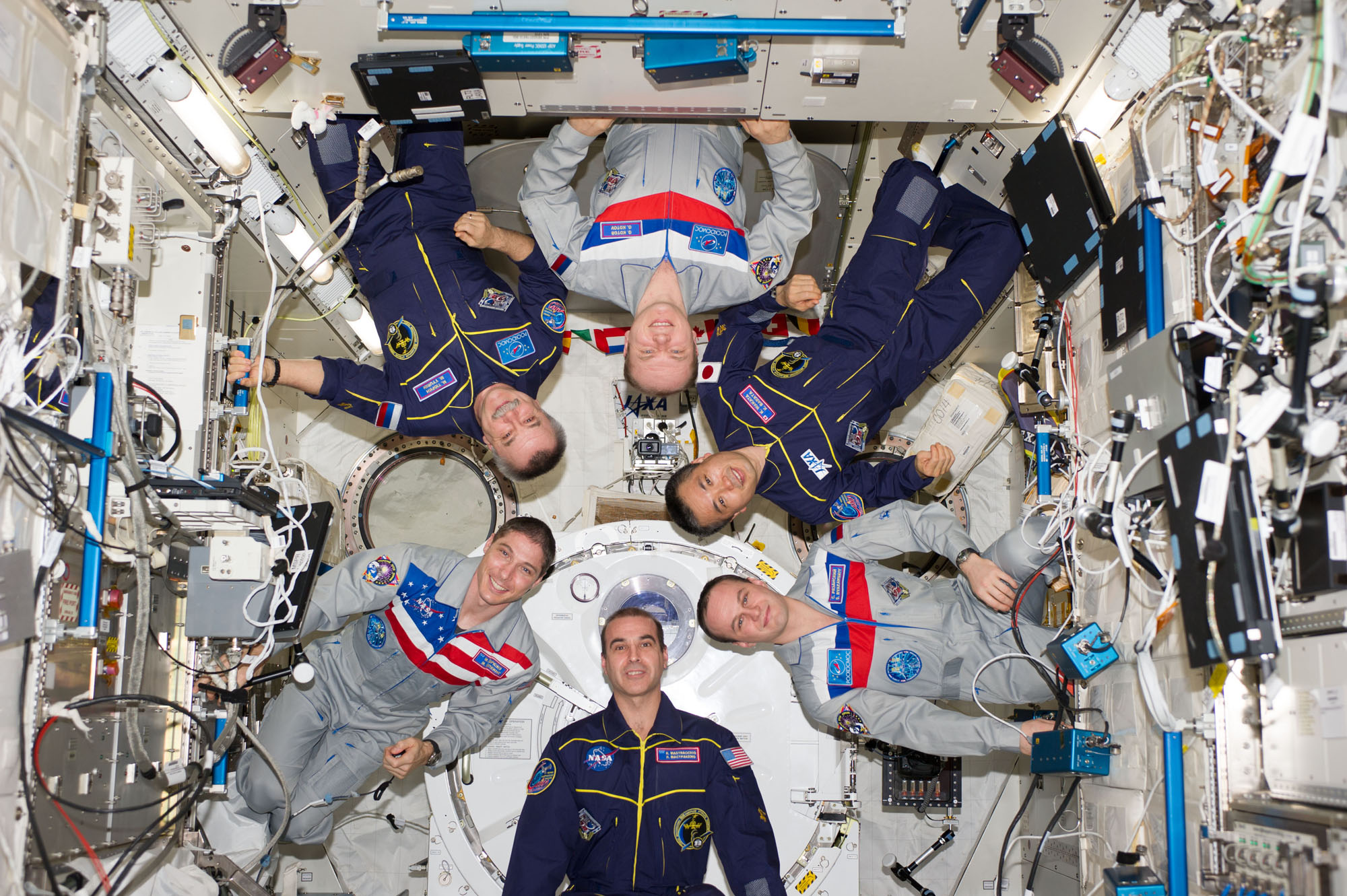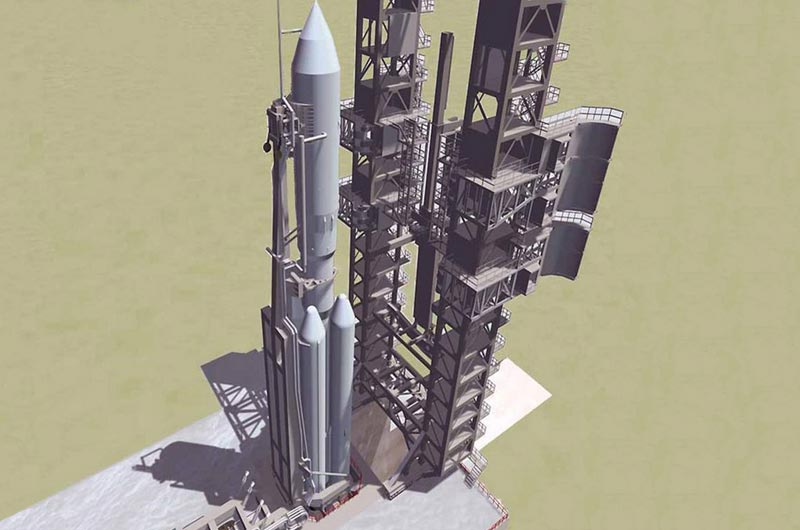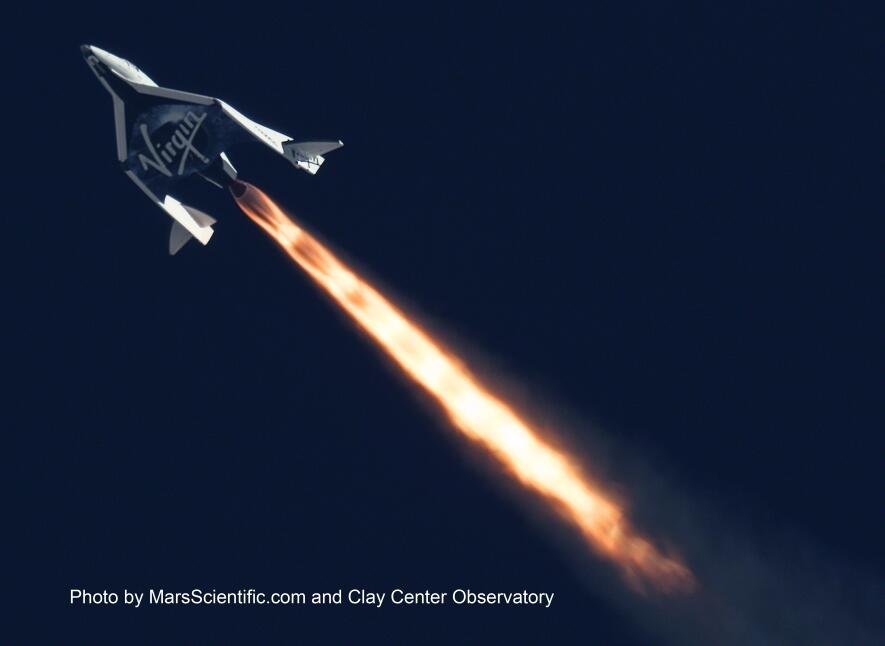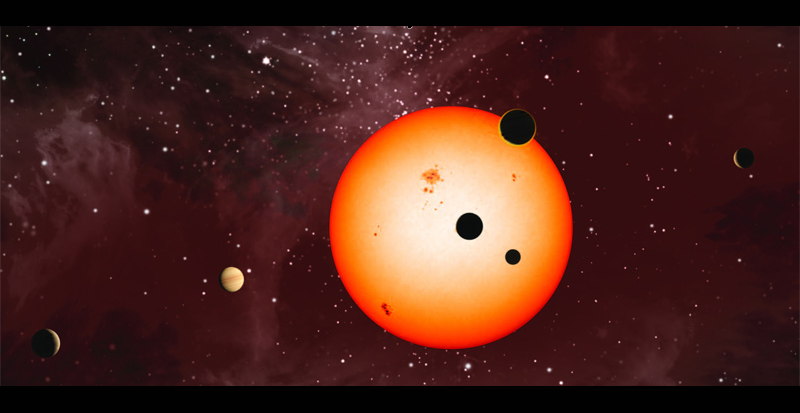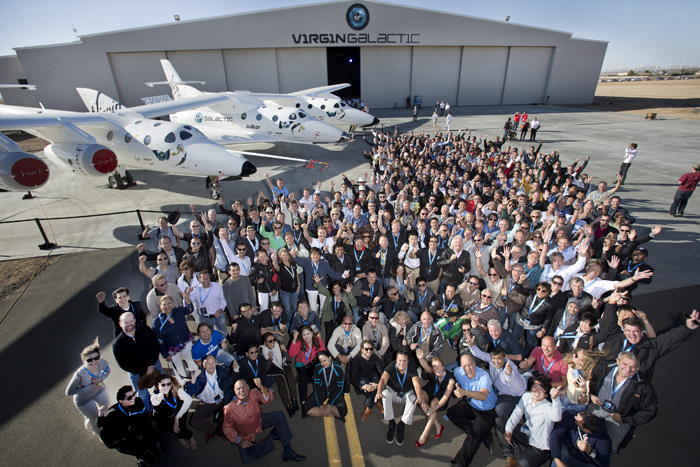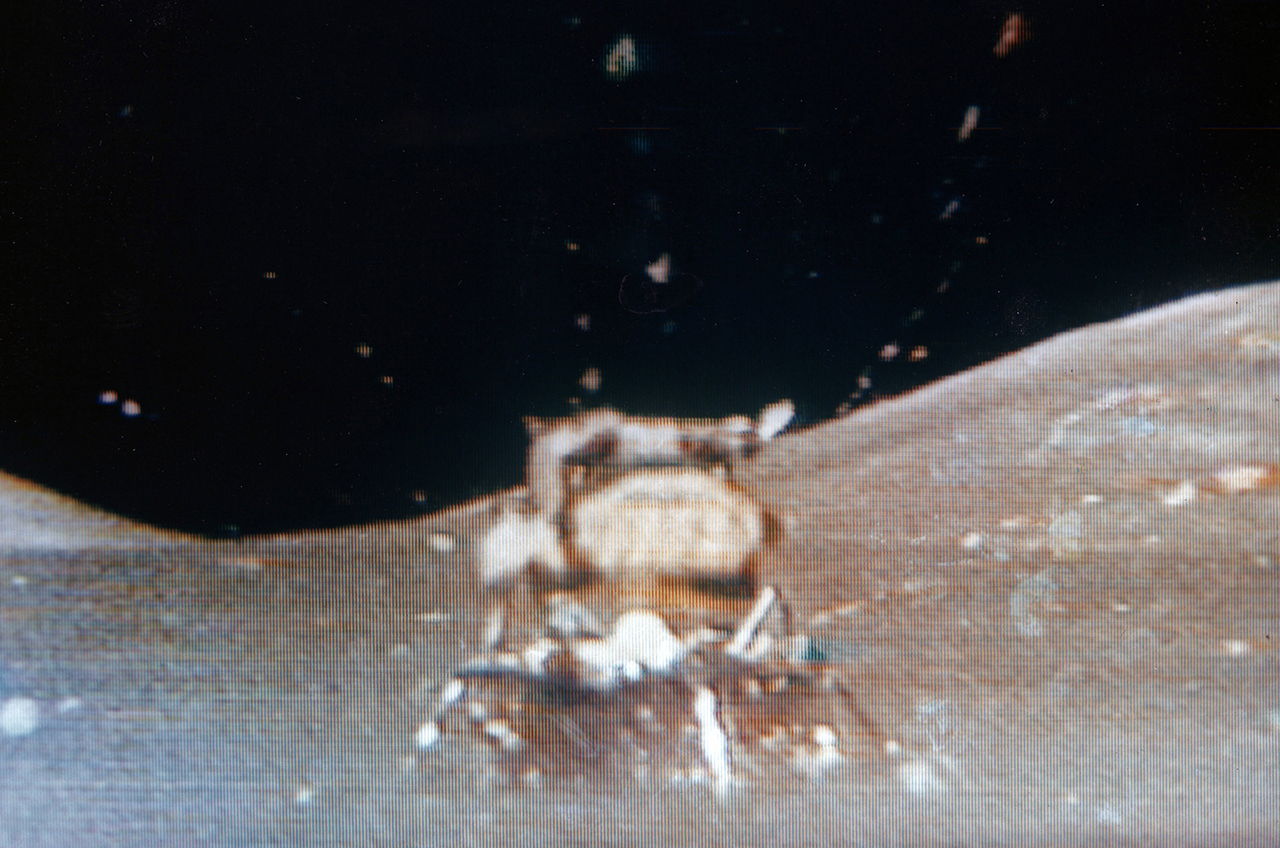
Irene Klotz
Irene Klotz is a founding member and long-time contributor to Space.com. She concurrently spent 25 years as a wire service reporter and freelance writer, specializing in space exploration, planetary science, astronomy and the search for life beyond Earth. A graduate of Northwestern University, Irene currently serves as Space Editor for Aviation Week & Space Technology.
Latest articles by Irene Klotz
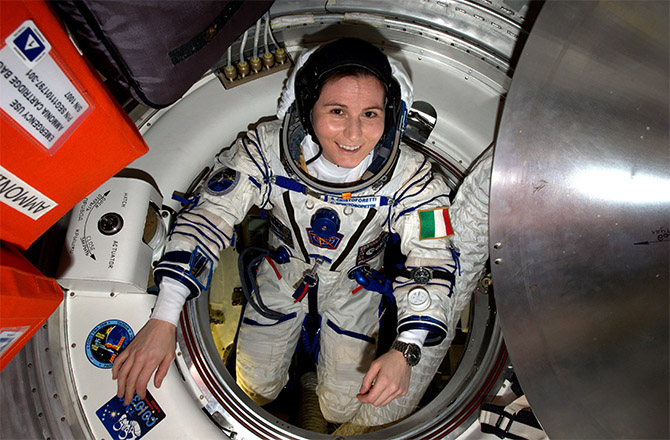
Space Station Crew Returning to Earth After Delay
By Irene Klotz published
Three crewmembers who have been aboard the International Space Station for an extended, 6.5-month mission will be heading home on Thursday, with no launch date set for their replacements.
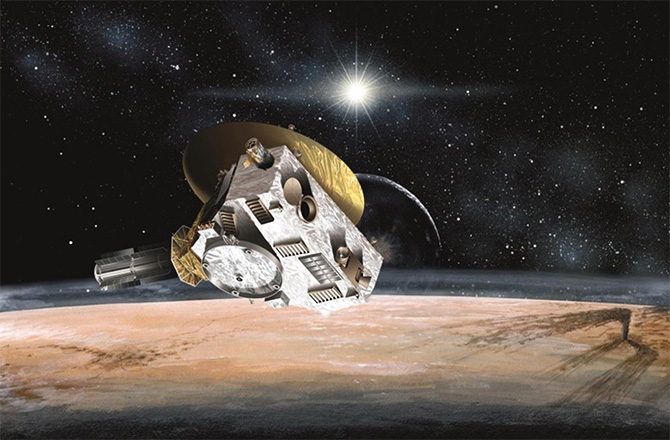
After Pluto, Where Will NASA's New Horizons Go?
By Irene Klotz published
Scientists are considering further targets for NASA's New Horizons spacecraft to visit following its Pluto encounter this summer, should funding be provided.
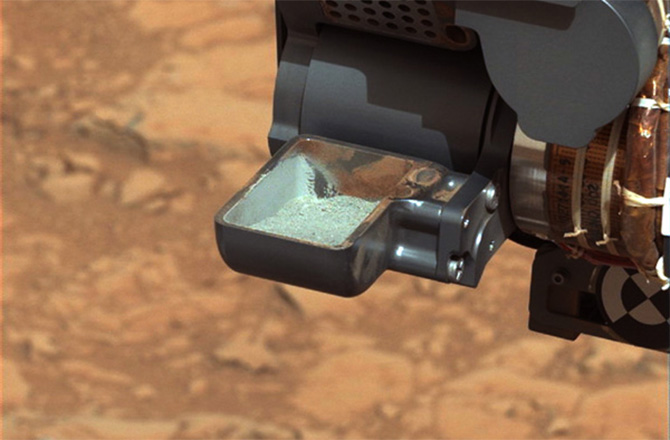
Leak in Mars Rover Curiosity's Wet Chemistry Test Finds Organics
By Irene Klotz published
An unexpected leak of a chemical designed to tag complex organic molecules in samples collected by NASA’s Mars rover Curiosity appears to have serendipitously done its job.
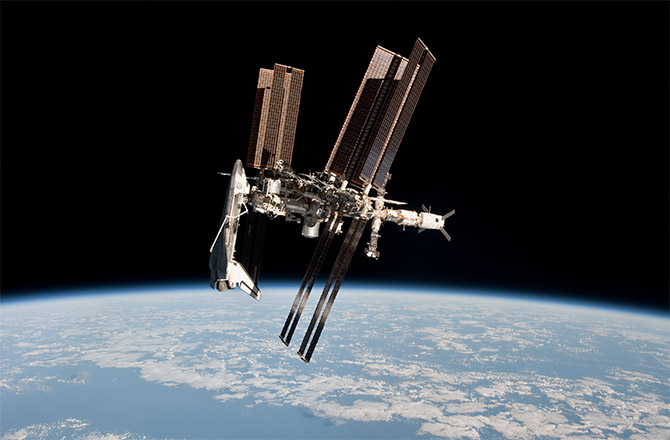
Russia Will Spin-Off ISS Parts for New Space Station
By Irene Klotz published
Russia says it will support U.S. plans to keep the International Space Station operating through 2024, but then wants to split off three still-to-be launched modules to form a new orbital outpost.
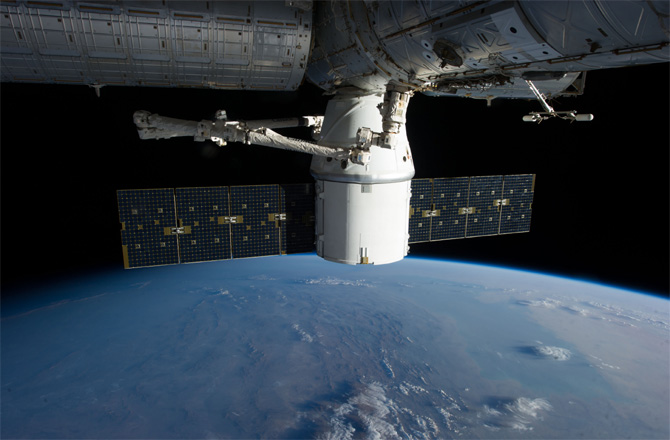
NASA Gearing Up to Reassemble the Space Station
By Irene Klotz published
NASA this week begins work to reassemble parts of the International Space Station to create parking spots for two commercial space taxis.
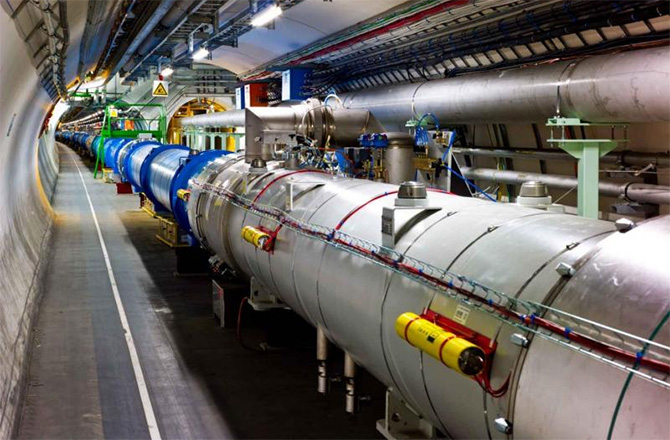
LHC Ready to Hunt Down Mystery Dark Matter Particles
By Irene Klotz published
The world's biggest and most powerful particle smasher is gearing up for hunt for new particles, including mysterious dark matter and clues for supersymmetry.
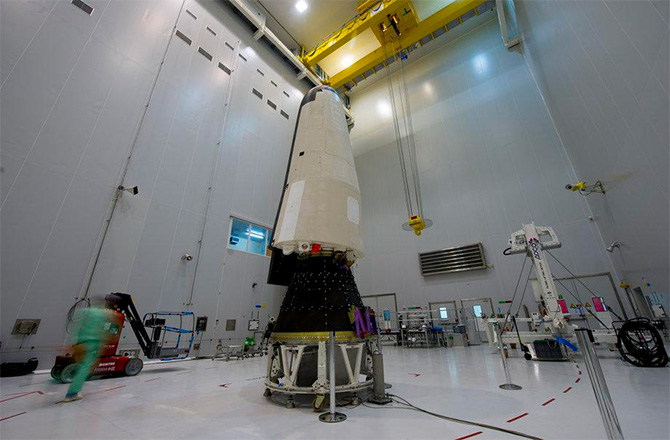
Europe to Launch Its Own Mini-Space Shuttle
By Irene Klotz published
The European Space Agency is preparing for launch next week of a small reusable spacecraft that is due to make its first test run beyond the atmosphere.
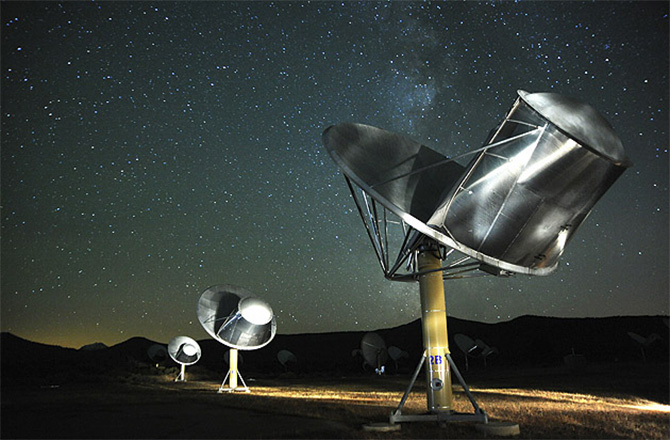
Aliens May Be Out There, But Too Distant for Contact
By Irene Klotz published
The Milky Way may be home to some 3,000 extraterrestrial civilizations but the vast distances between our galactic cousins will make contact extremely rare, a new study concludes.

NASA Eyes Crew Deep Sleep Option for Mars Mission
By Irene Klotz published
A NASA-backed study explores an innovative way to dramatically cut the cost of a human expedition to Mars -- put the crew in stasis.
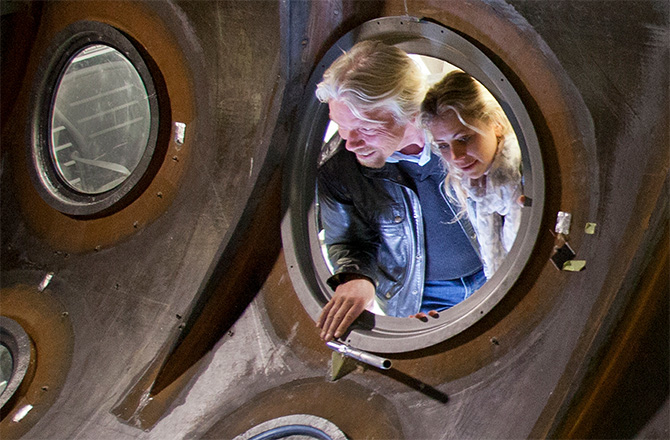
Richard Branson's Virgin Galactic Reality Check
By Irene Klotz published
Less than a month after saying he'd be "bitterly disappointed" if Virgin Galactic flights don't start by the end of the year, Richard Branson admits that we'll need to wait a little longer.
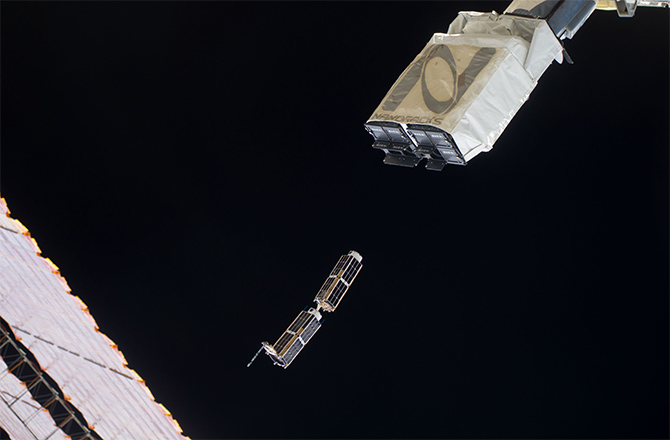
Space Station's Cubesat Launcher Has Mind of Its Own
By Irene Klotz published
Last night, two more of Planet Lab’s shoebox-sized Earth imaging satellites launched themselves from aboard the International Space Station, the latest in a series of technical mysteries.

Singer Sarah Brightman to Train for Orbital Spaceflight
By Irene Klotz published
British soprano Sarah Brightman will begin training in January for a 2015 visit to the International Space Station.
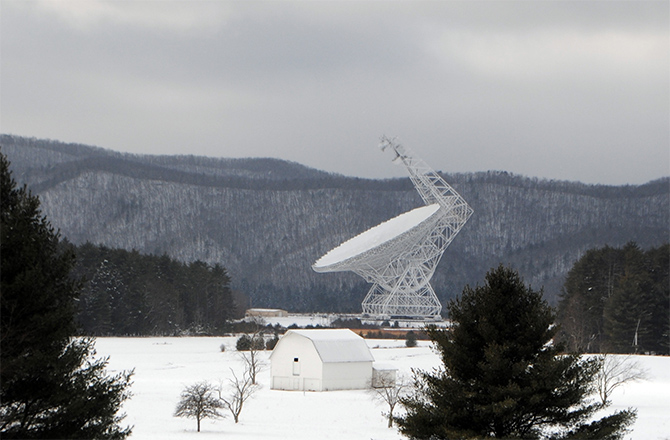
Hunt Intensifies for Aliens on Kepler's Planets
By Irene Klotz published
SETI Project listened for alien interplanetary radio signals, based on Kepler space telescope data.

Aliens? Yes Please. UFOs? No Thanks
By Irene Klotz published
The Search for Extraterrestrial Intelligence, or SETI, may becoming more mainstream, as evidenced by this week’s House Science and Technology Committee hearing.
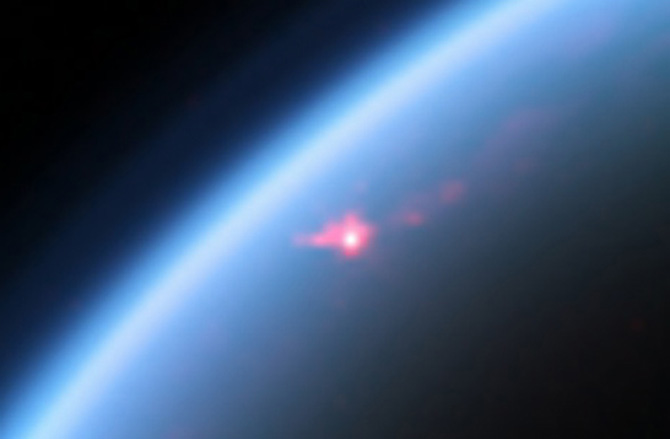
Cassini Spies Wind-Rippled Waves on Titan
By Irene Klotz published
New observations from NASA’s Saturn-orbiting Cassini spacecraft show what appear to be glints of sunlight bouncing off a wind-rippled lake on the moon Titan.
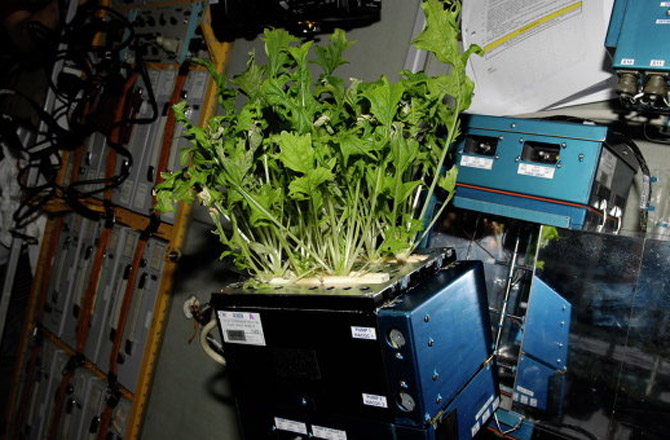
Orbital Farming: Space Station Greenhouse Bears Fruit (Photo)
By Irene Klotz published
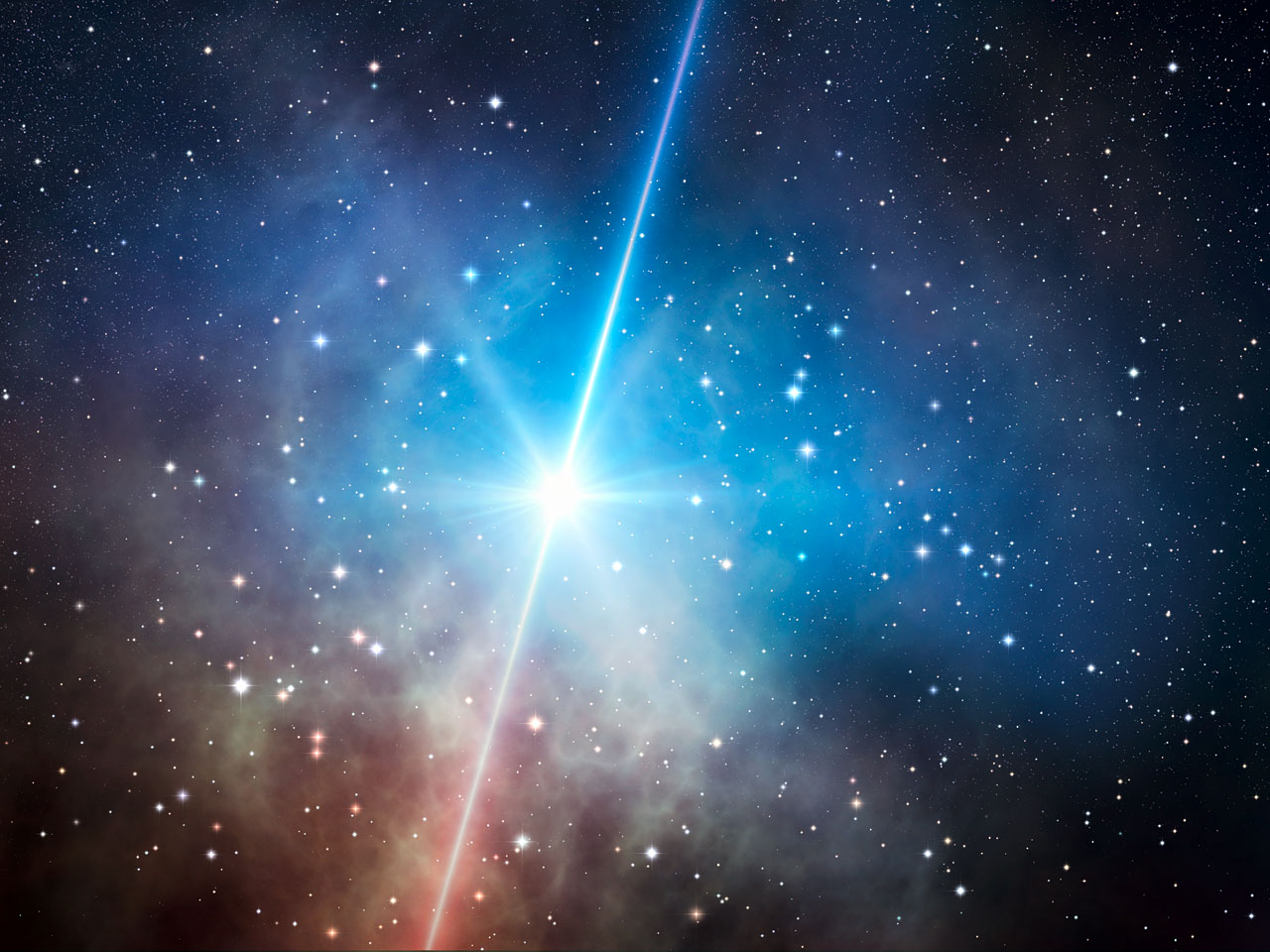
Universe's Largest Structure is a Cosmic Conundrum
By Irene Klotz published
Astronomers have found a mind-bogglingly large structure — so big it takes light 10 billion years to traverse — in a distant part of the universe.
Get the Space.com Newsletter
Breaking space news, the latest updates on rocket launches, skywatching events and more!

